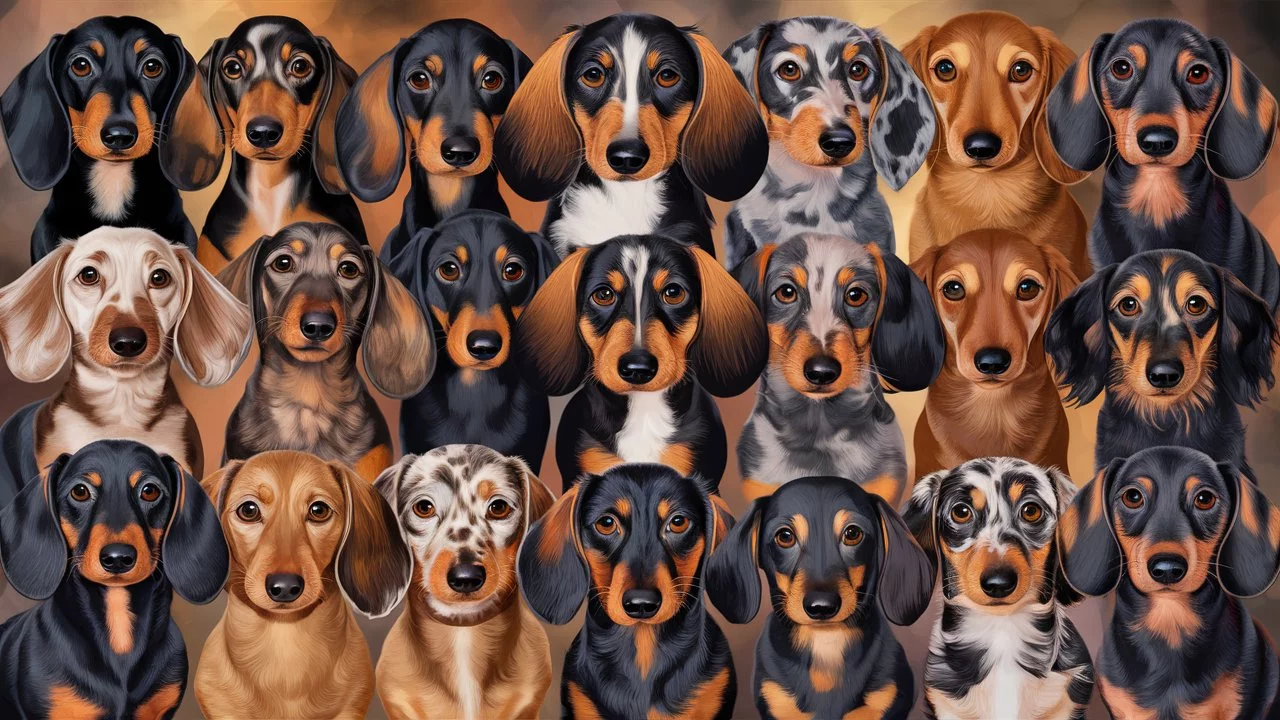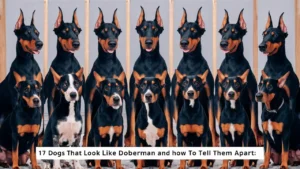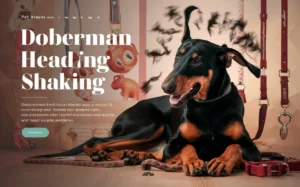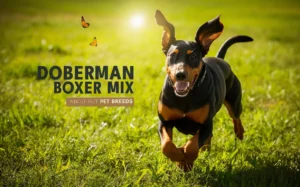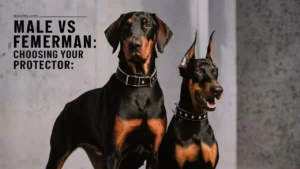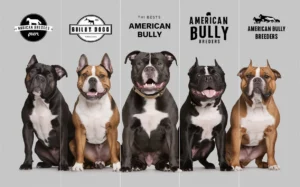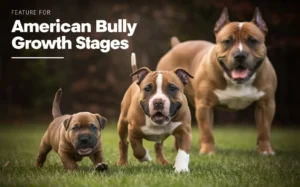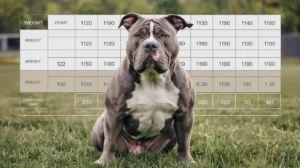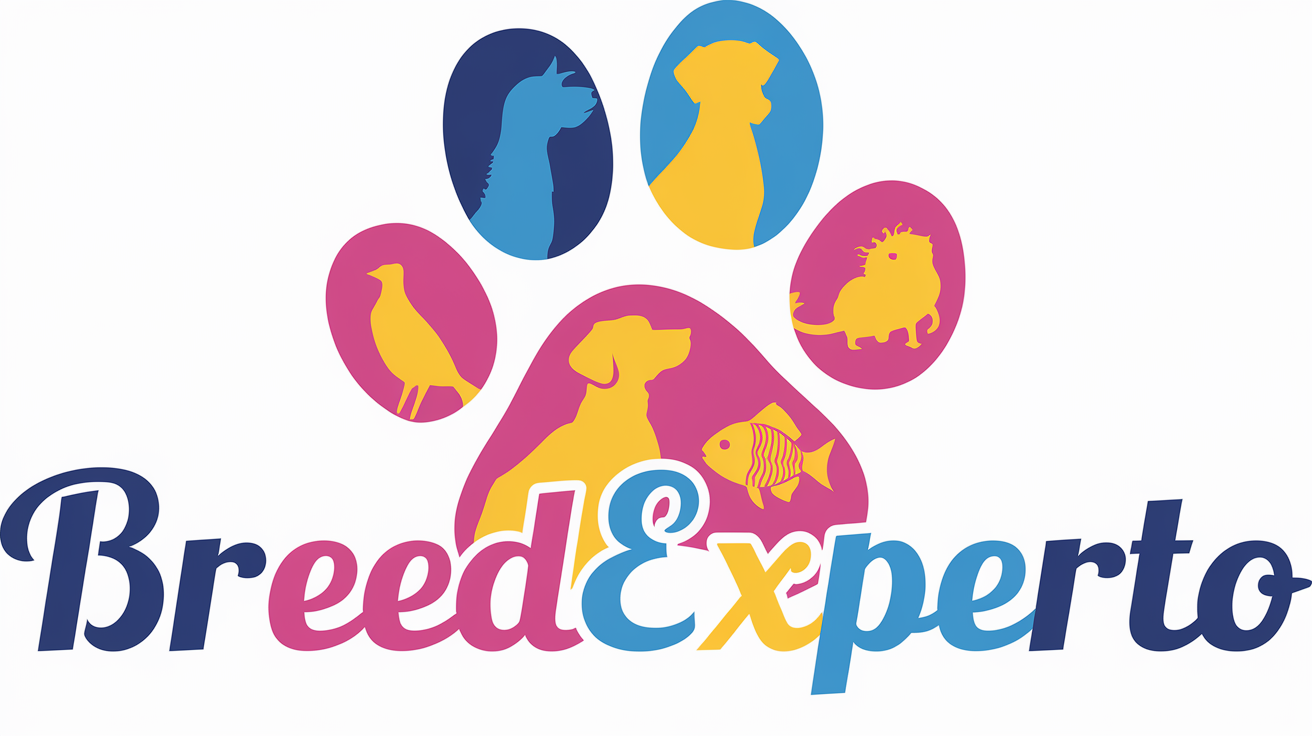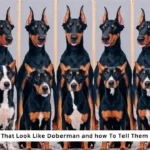Dachshunds, often affectionately called “wiener dogs,” are beloved for their distinct personalities and unique appearance.
Their long bodies and short legs capture hearts worldwide. However, one of the most fascinating aspects of Dachshunds is their diverse colors and patterns.
In this comprehensive guide, we’ll explore the 17 fascinating Dachshund colors and patterns, detailing their characteristics, genetics, and care needs.
The Red Dachshund

The red Dachshund is perhaps the most recognizable color in the breed. These dogs have a rich, warm hue that can range from a deep mahogany to a lighter, more golden tone. Red Dachshunds are known for their vibrant and playful personalities, often exuding confidence.
Key Characteristics:
- Shade Variations: Red can vary from dark mahogany to lighter shades.
- Popularity: This color is widely accepted in dog shows and competitions.
Care Tips:
- Regular brushing helps maintain a healthy coat and brings out the richness of the color.
- Ensure a balanced diet to keep their coat vibrant.
Dilute Red (Recessive Red)
Dilute red, often referred to as recessive red, is a variation where the red color appears lighter, almost pastel. This coloration occurs due to a specific genetic combination, making it less common than standard red.
Key Characteristics:
- Shade: A soft, diluted hue that resembles a peachy tone.
- Rarity: Less common than traditional red Dachshunds, making them unique.
Breeding Considerations:
- Potential owners should be aware that breeding for this color requires careful genetic planning.
The Cream Dachshund
The cream Dachshund is a light, airy color that often has a golden tint. Cream coats can range from very pale to rich cream, making them visually striking.
Key Characteristics:
- Appearance: Soft, silky fur that shines beautifully in sunlight.
- Health: Cream Dachshunds are generally healthy, but some may be predisposed to skin conditions.
Grooming Tips:
- Regular grooming helps prevent matting and keeps the coat shiny.
- Monitor skin health closely, especially in warmer months.
The Wheaten Dachshund
Wheaten Dachshunds are known for their unique, golden-tan coats. This color gives them a distinctive appearance that many find adorable.
Key Characteristics:
- Color Description: A warm, golden hue reminiscent of wheat fields.
- Distinctiveness: This coloration is relatively rare, making wheaten Dachshunds highly sought after.
Care Tips:
- Regular brushing is essential to prevent tangles and maintain coat health.
Black & Tan Dachshund

The black & tan Dachshund is a classic combination that features a solid black coat with tan markings. These markings typically appear on the face, legs, and chest, creating a striking contrast.
Key Characteristics:
- Appearance: A sleek black coat with vibrant tan accents.
- Popularity: One of the most common color combinations, often seen in dog shows.
Personality Traits:
- Known for being friendly and outgoing, black & tan Dachshunds often make great family pets.
The Black & Cream Dachshund
Similar to the black & tan variant, the black & cream Dachshund features a solid black coat but with cream markings instead of tan.
Key Characteristics:
- Color Difference: The cream markings provide a softer contrast against the black.
- Rarity: This combination is less common than black & tan.
Health Considerations:
- Similar health considerations as black & tan, but coat care might require extra attention due to the cream’s susceptibility to staining.
The Blue & Tan Dachshund
The blue & tan Dachshund is a stunning variation with a bluish-gray coat paired with tan markings. This color comes from a dilution gene affecting the black coat color.
Key Characteristics:
- Visual Appeal: The unique blue shade is striking and often turns heads.
- Genetic Challenges: This color can come with some health issues, such as skin sensitivity.
Care Tips:
- Regular skin checks are important, especially for sensitivity.
The Chocolate & Tan Dachshund
With a rich chocolate coat and tan markings, the chocolate & tan Dachshund offers a warm and inviting look. This coloration has become increasingly popular in recent years.
Key Characteristics:
- Color Appeal: The combination is visually appealing and often associated with a playful personality.
- Popularity: Increasingly seen in shows and as family pets.
Personality Traits:
- Typically friendly and social, these Dachshunds thrive in family environments.
The Chocolate & Cream Dachshund
The chocolate & cream Dachshund features a chocolate base with cream markings. This beautiful combination adds elegance and charm.
Key Characteristics:
- Visual Contrast: The cream markings stand out against the rich chocolate background.
- Health Considerations: Similar to other color variations, maintaining coat health is essential.
Grooming Tips:
- Regular grooming helps maintain the beauty of both colors.
The Isabella & Tan Dachshund
The Isabella & tan Dachshund is one of the rarest color combinations. Isabella is a pale, diluted version of chocolate, creating a unique look when paired with tan markings.
Key Characteristics:
- Rarity: Very uncommon, making Isabella Dachshunds unique and sought after.
- Genetic Traits: Requires careful breeding to maintain health and color integrity.
Breeding Insights:
- Potential owners should consult experienced breeders knowledgeable about this color.
The Wild Boar Dachshund
Wild boar Dachshunds have a unique coat color that resembles a grizzled appearance, combining various shades of brown and black. This coloration is often seen in wire-haired Dachshunds.
Key Characteristics:
- Texture: The coat can appear coarse and dense.
- Personality: Often lively and energetic, they thrive in active households.
Grooming Tips:
- Regular brushing helps manage shedding and maintain coat texture.
Patterns and Dachshunds
Understanding patterns is just as important as recognizing colors. Patterns can significantly impact a Dachshund’s appearance and can often be found alongside various colors.
The Merle or Dapple Dachshund
The merle or dapple pattern is characterized by patches of color on a lighter base. This genetic trait results in a unique and eye-catching appearance.
Key Characteristics:
- Visual Traits: Irregular patches that can appear in various colors.
- Genetic Background: Requires careful breeding to avoid health issues associated with merle genetics.
Health Considerations:
- Merle Dachshunds can be prone to hearing and vision issues, making responsible breeding crucial.
The Double Dapple or Double Merle Dachshund
Double dapple Dachshunds feature an extreme version of the merle pattern, resulting from breeding two merle Dachshunds together.
Key Characteristics:
- Appearance: Highly variable and unique patterns.
- Health Risks: Increased risk of genetic defects, including blindness and deafness.
Breeding Advice:
- It’s essential to work with reputable breeders who understand the risks associated with this pattern.
The Brindle Dachshund
Brindle Dachshunds display a striped pattern, often resembling a tiger’s stripes. The base color can vary, and the stripes can be darker.
Key Characteristics:
- Visual Appeal: Unique and often eye-catching, making them stand out.
- Personality Traits: Often friendly and playful, but individual temperament varies.
Care Tips:
- Regular grooming is important to keep the coat healthy.
The Sable Dachshund
The sable color pattern features a black-tipped coat over a lighter base, often resulting in a beautiful gradient effect. This pattern is distinct and adds depth to the Dachshund’s appearance.
Key Characteristics:
- Visual Traits: The black tips create a striking appearance, making sable Dachshunds quite unique.
- Popularity: Gaining recognition among Dachshund enthusiasts.
Personality Insights:
- Typically, sable Dachshunds are friendly and adaptable.
The Piebald Dachshund
Piebald Dachshunds are characterized by large patches of white mixed with other colors. This pattern can be found in various base colors.
Key Characteristics:
- Appearance: The stark contrast between white and colored patches is visually striking.
- Rarity: While not as common, piebald Dachshunds are celebrated for their unique look.
Care Tips:
- Regular grooming and skin checks are essential, especially in areas with lighter pigmentation.
The Dapple Piebald Dachshund
The dapple piebald combines the dapple and piebald patterns, resulting in a distinctive look. This combination offers a variety of colors and patterns.
Key Characteristics:
- Visual Appeal: Unique and complex patterns can vary greatly from one dog to another.
- Genetic Considerations: Similar to merle and piebald Dachshunds, responsible breeding is essential to prevent health issues.
Breeding Insights:
- Breeders must be knowledgeable about genetic implications to ensure healthy puppies.
The Dachshund Coat Types
Dachshunds come in three primary coat types: smooth, long-haired, and wire-haired. Each coat type has specific grooming needs and can affect the appearance of color and pattern.
- Smooth Coat: Short, shiny fur that is easy to maintain.
- Long-Haired: Requires regular grooming to prevent tangling and matting.
- Wire-Haired: Coarser texture that may need specific grooming techniques to maintain.
Grooming Comparison Table
| Coat Type | Grooming Frequency | Shedding Level | Maintenance Tips |
| Smooth | Low | Low | Regular brushing not necessary |
| Long-Haired | Moderate | Moderate | Regular brushing to prevent mats |
| Wire-Haired | High | Low | Regular plucking to maintain texture |
Conclusion
Dachshunds are a captivating breed, not only for their adorable appearance but also for their rich variety of colors and patterns.
Understanding these variations enhances our appreciation for these unique dogs and allows potential owners to make informed choices.
Whether you’re drawn to the classic red, the rare Isabella, or the striking merle, each Dachshund brings its personality and charm to the table.
